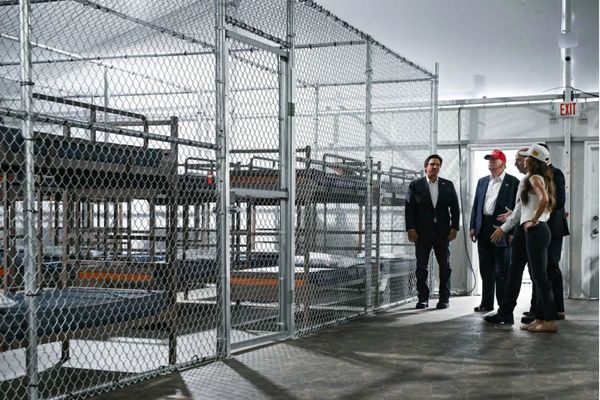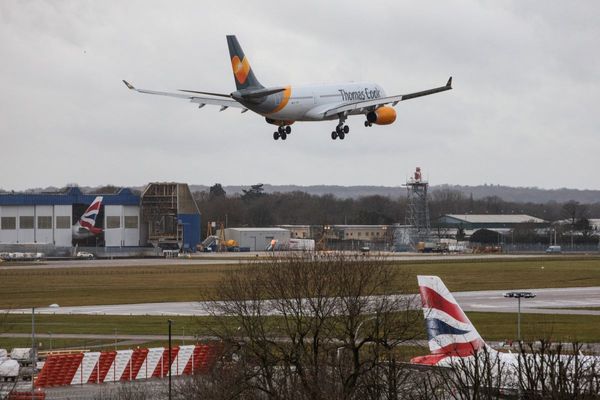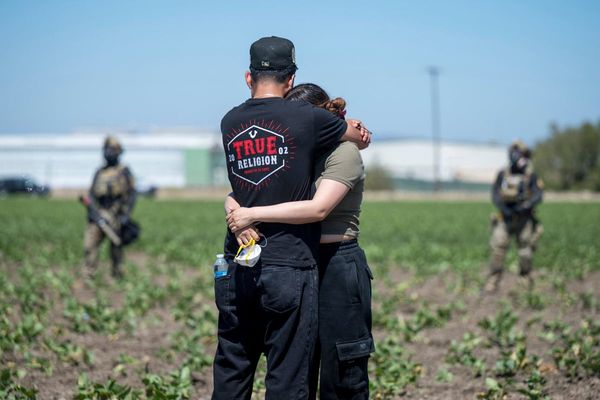A series of Secret Service mishaps have been revealed in a new report out on the one-year anniversary of the assassination attempt on President Donald Trump in Butler, Pennsylvania, last summer.
The Government Accountability Office put the report together at the request of Iowa Republican Senator Chuck Grassley, who said in a statement that what happened at Trump’s rally on July 13, 2024, came after several “bad decisions and bureaucratic handicaps.”
One attendee was killed, two others wounded and a bullet grazed Trump's ear before a Secret Service counter sniper opened fire on Crooks and killed him. That day jolted an already chaotic race for the White House and solidified Trump's iconic status in his party and beyond.
It also became a turning point for the agency tasked with protecting the president. As more details emerged about what went wrong, questions multiplied: What happened to the Secret Service's planning? Why was a rooftop with a clear line of sight to Trump left unguarded? What motivated the shooter?
The agency “failed to implement security measures” that could have prevented the assassination attempt, the new GAO report states.
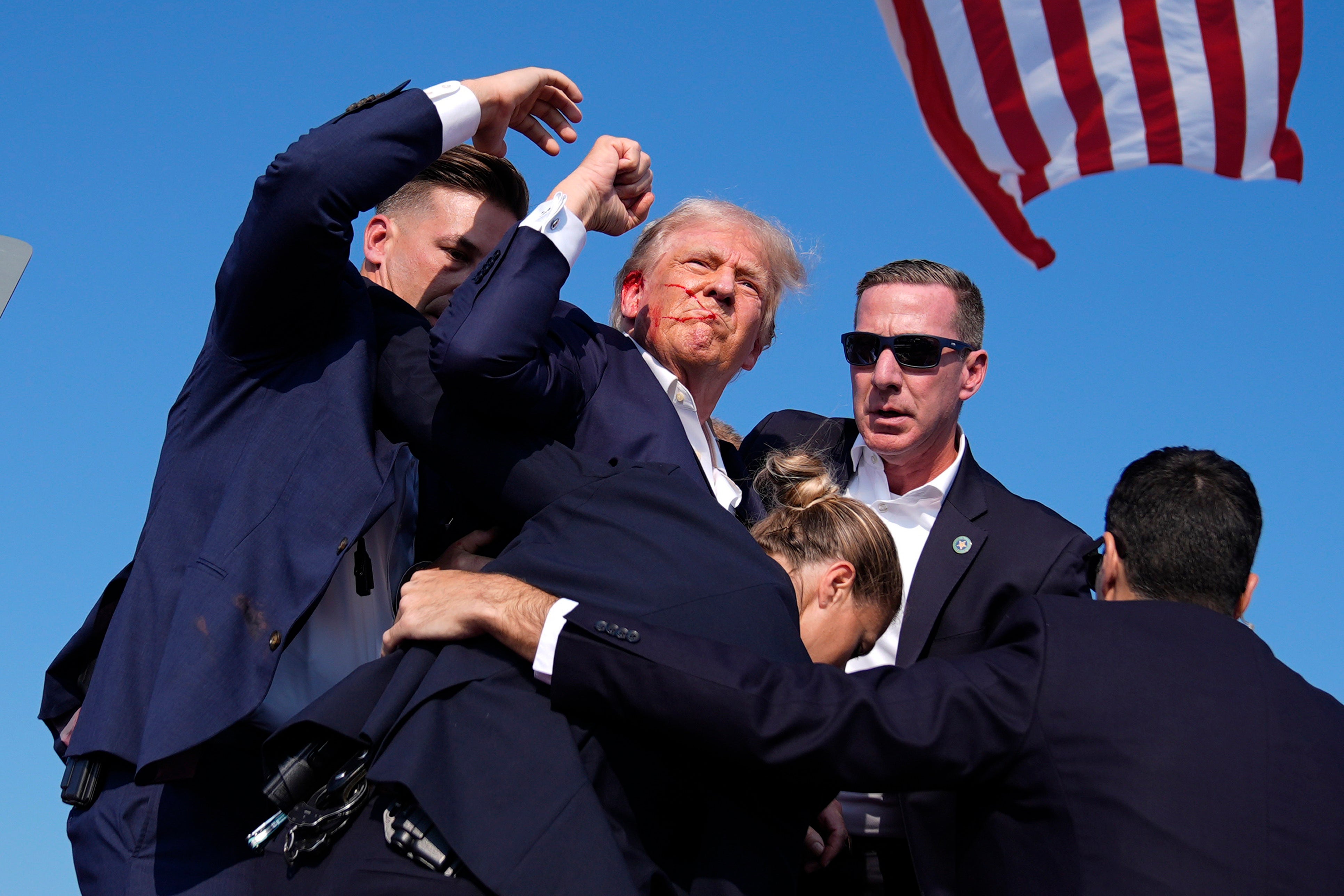
Grassley’s office released the report Saturday, hours before the one-year mark. It highlighted multiple shortcomings by the Secret Service, noting major communication mishaps as well as a “lack of specific and complete guidance” for the agents at the rally.
The report found that senior officials at the agency were aware of a possible threat against Trump before the rally, Politico noted. However, the threat was “not specific to the July 13 rally or gunman.”
Secret Service and local law enforcement were “unaware of the threat” because of the agency’s “siloed practice for sharing classified threat information.”
The report made the recommendation that the agency commit to “Making changes to Secret Service policies to require it to proactively share threat information internally could help ensure its agents and partners will have information needed to provide effective protection.”
The report also noted failures in planning and communication, agent training, and the allocation of resources for those protected by the service.
“The Secret Service’s failure on July 13th was the culmination of years of mismanagement and came after the Biden administration denied requests for enhanced security to protect President Trump,” said Grassley.
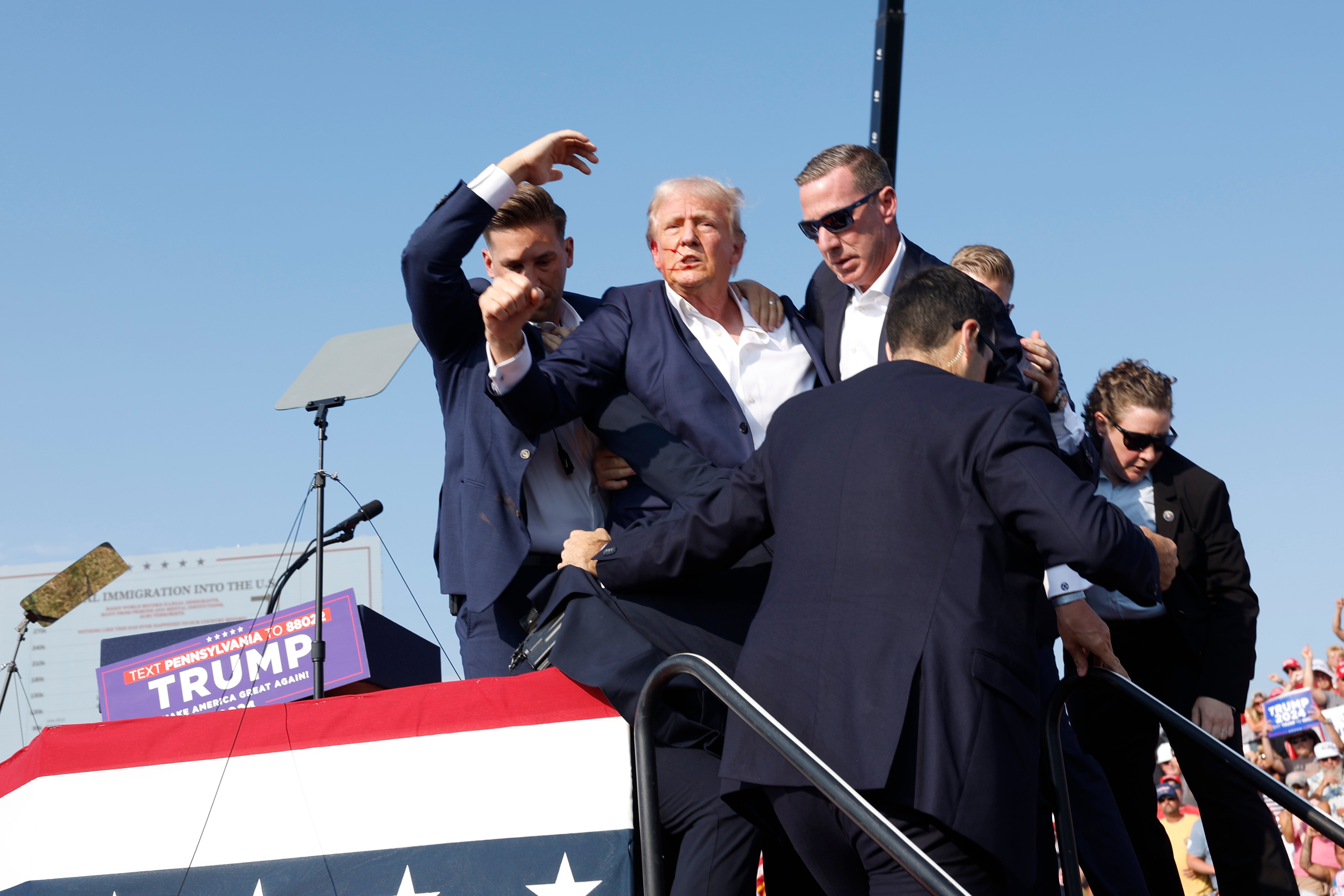
“Americans should be grateful that President Trump survived that day and was ultimately reelected to restore common sense to our country.”
“I’m hopeful this significant injection of resources will go a long way in bringing the agency up to speed,” he added.
During the assassination attempt against Trump, who was then a presidential candidate, the gunman fired eight shots, one of which grazed Trump’s ear. One attendee, Corey Comperatore, was killed, and two others were injured. A sniper subsequently killed the gunman.
The report stated that many Secret Service officers “encountered limited service” on their cellphones during the rally, possibly preventing effective communication.
Grassley noted that $1.17 billion was allocated to the agency as part of the recently passed One Big Beautiful Bill Act, noting that he will work along with the agency to “repair what’s broken” as chair of the Senate Judiciary Committee.
Another incident in September where a gunman camped in the shrubbery outside one of Trump’s golf courses before being spotted and shot at by a Secret Service agent also raised questions about the agency's performance.
“This was a wake-up call for the Secret Service," said retired supervisory agent Bobby McDonald, who's now a criminal justice lecturer at the University of New Haven.
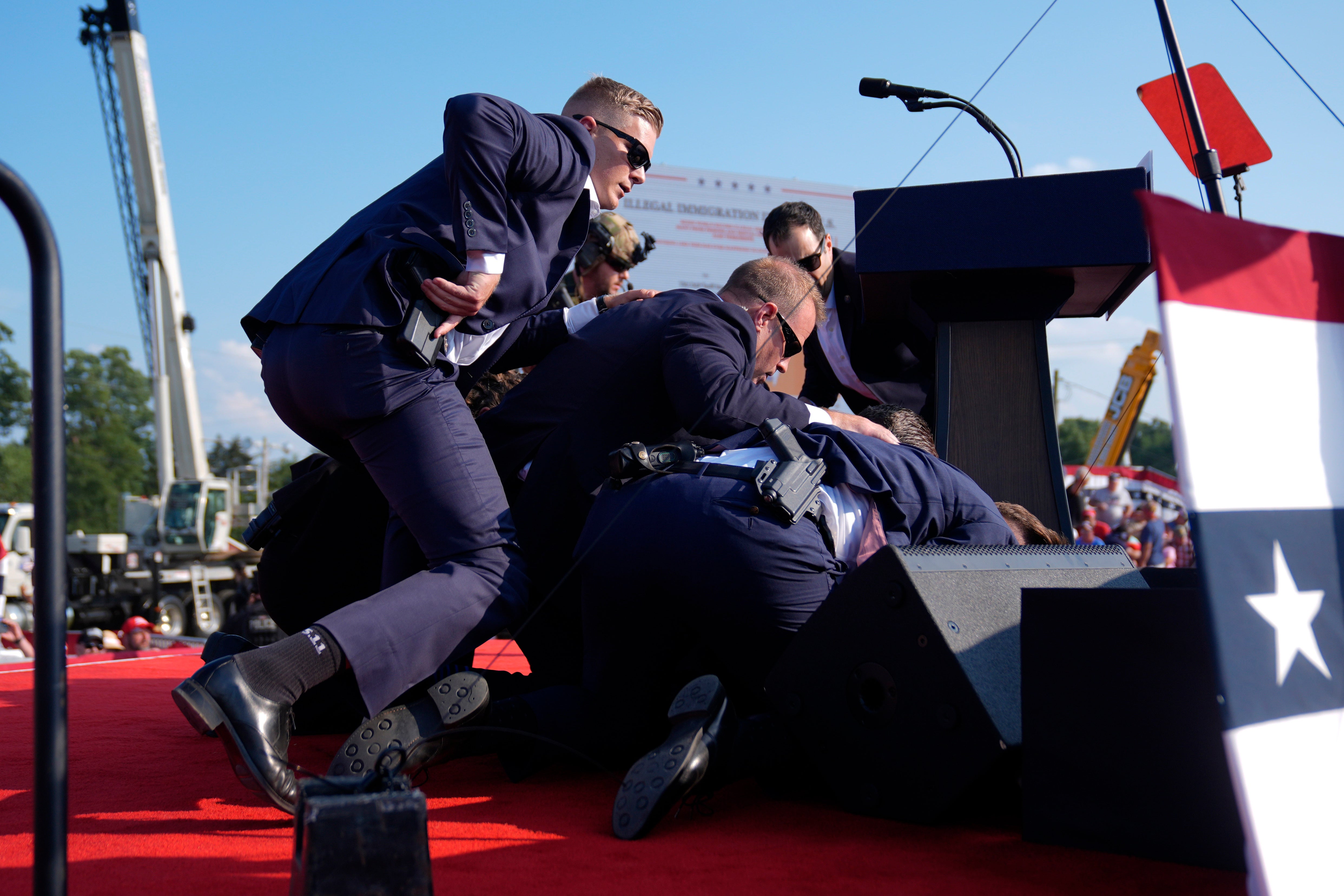
All the investigations zeroed in on a few specific problems.
The building with a clear sight line to the stage where the president was speaking only 157 yards away was left unguarded. Crooks eventually boosted himself up there and fired eight shots with an AR-style rifle.
The Secret Service's investigation into its own agency's conduct said that it wasn't that the line-of-sight risks weren't known about ahead of time. It was that multiple personnel assessed them as “acceptable.”
Supervisors had expected large pieces of farm equipment would be situated to block the view from the building. Those ultimately weren't placed, and staffers who visited the site before the rally didn't tell their supervisors that the line-of-sight concerns hadn’t been addressed, the report said.
Another glaring problem: fragmented communications between the Secret Service and the local law enforcement that the agency regularly relies on to secure events.
Instead of having one unified command post with representatives from every agency providing security in the same room, there were two command posts at the rally. One investigation described a “chaotic mixture” of radio, cell phone, text, and email used to communicate that day.
The Secret Service issued a report Thursday about what it has done to address problems laid bare at Butler.
“Since President Trump appointed me as director of the United States Secret Service, I have kept my experience on July 13 top of mind, and the agency has taken many steps to ensure such an event can never be repeated in the future,” said Sean Curran, whom Trump tasked with leading the agency. Curran was one of the agents standing next to Trump as he was hustled off the stage after the shooting.
The agency said it had implemented 21 of the 46 recommendations made by Congressional oversight bodies. The rest were either in progress or not up to the agency to implement.
Some of what they've done involves new equipment and a greater emphasis on addressing threats from above. They've created a new Aviation Division to oversee aerial operations like drones. The agency said it has two armored ATVs for use on golf courses and is producing another three. And they're purchasing mobile command vehicles that will be pre-positioned around the country.
But much of what the agency says it has done is about changing policies and procedures to address those July 13 lapses — things like revising their manual to “advance procedures and communication practices” when it comes to coordinating with local law enforcement or clarifying who's responsible for events where protectees are appearing.
They've updated their procedures about documenting line-of-sight concerns and how those concerns are going to be addressed.
So far it doesn't appear that anyone has been or will be fired, although the agency's director at the time, Kim Cheatle, swiftly resigned. The agency said Thursday that six staffers have been disciplined with suspensions ranging from 10 to 42 days without pay; the six were placed on restricted duty or nonoperational positions. Their identities and positions were not released.
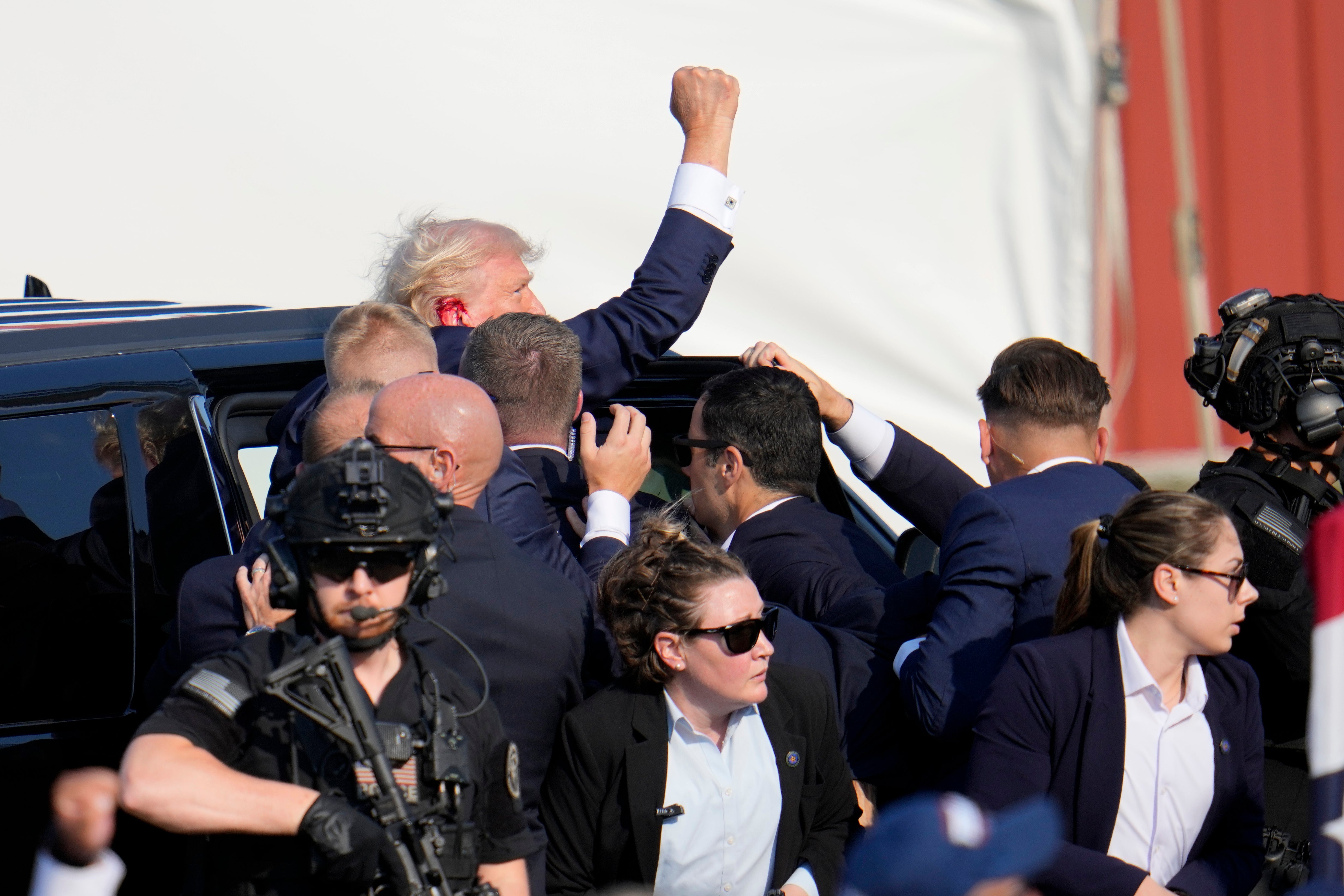
In many ways Crooks and his motivations are still a mystery.
He was killed by a Secret Service countersniper and did not leave much information about why he did what he did. Investigators say they believe he acted alone and they didn't find any threatening comments or ideological positions on social media that shed light on his thinking.
And while it's clear what went wrong in Butler, questions linger about how things that were so clearly problematic — like that open roof — weren't addressed ahead of time.
Anthony Cangelosi, a former Secret Service agent who is now a lecturer at John Jay College of Criminal Justice, said that without being able to read the interviews with the agents involved in the Butler planning it's hard to know exactly why they did what they did. A year later, he still struggles with how so many things went wrong.
“I can’t understand how many errors were made on that site that day," he said. “If they agreed to leave that roof unoccupied, I can’t ... understand it for the life of me.”
The widow of Corey Comperatore, who died during the Butler assassination attempt, echoed some of that sentiment during an interview with Fox News this week.
“Why was that such a failure? Why weren’t they paying attention? Why did they think that that roof didn’t need covered? I want to sit down and talk to them,” Helen Comperatore said.
Cangelosi said he still questions whether the agency asked for additional personnel to cover a busy election year and if they did, whether those requests were granted. He thinks the Secret Service needs better pay to retain agents tempted to leave the agency for other federal government jobs.
McDonald said he suspects part of the problem ahead of the Butler rally was that the Secret Service might have had a hard time understanding that the type of protection Trump needed wasn't the same as for other former presidents.
He said it “boggles the mind” how Crooks was able to get on that roof and said that “communication” and “complacency” are the two issues that he thinks really went wrong in Butler.
But he also said that he feels the agency is moving in the right direction. “A lot of good people doing a lot good work there," he said, “and I hope they continue to move in the right direction.”
— with Associated Press
